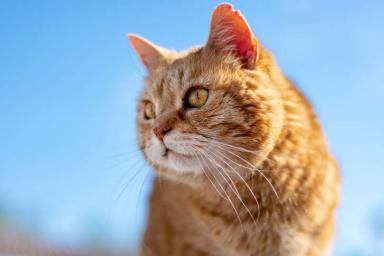Most kids know the difference between frogs and toads - simple because lots of them enjoy books about animals and reptiles.
Meanwhile, lots of adults forget these simple things, or never learn them in the first place.
Here are a few fun and easy ways to understand whether you see a frog or a toad in your garden. Let's start with frogs.
Skin
Frogs have smooth, moist, and somewhat slimy skin. It's usually vibrant and shiny due to its wetness.
Color
Frogs often come in a wide array of colors and patterns, which can help them blend into their surroundings.

Legs
Their legs are long and muscular, designed for leaping and swimming. Webbed feet are common in many frog species to aid in swimming.
Eyes
Frogs typically possess large, protruding eyes on the sides of their heads. This placement offers a broader field of vision.
Habitat
Frogs are commonly found near water sources like ponds, lakes, and streams.
Now, let's learn more about toads.
Skin
Toads have thicker, drier, and rougher skin with a warty texture. It often appears dull and lacks the slimy or shiny quality of frog skin.
Color
They tend to have earthy and subdued colors like brown, gray, or green, which help them blend into their terrestrial environments.
Legs
Toads have shorter and stockier legs built for walking rather than jumping. Their feet are less likely to be fully webbed.
Eyes
Toads have smaller eyes that are positioned higher on their heads. These eyes are less prominent and provide a narrower field of vision.
Habitat
Toads are often found in drier environments, such as gardens, forests, or grasslands, and are less dependent on water than frogs.
Conclusion
In summary, while frogs and toads share similarities, such as being amphibians, they differ in skin texture, coloration, leg structure, eye size and placement, and preferred habitats.
Examining these characteristics can help you identify whether you're looking at a frog or a toad more accurately.







